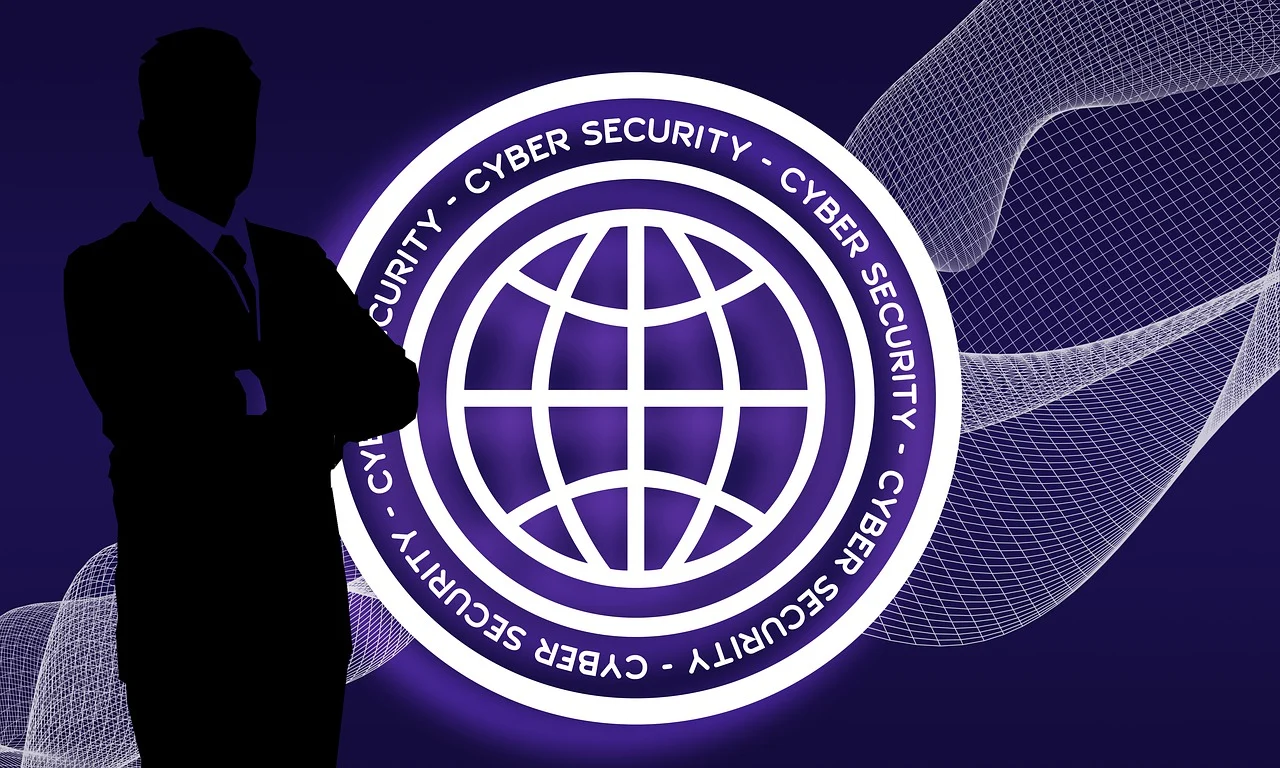We all love the convenience of our smartphones, tablets, laptops, and other gadgets. But the reality is that they can make us easy targets for hackers. Cyberattacks are real, and they can happen to anyone, not just big companies.
But don’t worry—there are simple steps you can take to protect yourself. You don’t need to be a tech expert to keep your stuff safe.
Let’s walk through some practical, easy-to-follow tips that’ll help you stay secure in the digital world.
Use strong authentication
Passwords are important, but they’re not enough on their own. You may already know to use a strong password (mixing letters, numbers, and symbols). But adding multi-factor authentication (MFA) takes your protection to the next level.
With MFA, even if someone gets your password, they still can’t get in without a second code. This code usually gets sent to a different device, making it harder for anyone to break into your accounts.
Enable automatic updates
You might see pop-up messages asking you to update your software from time to time. While it’s easy to ignore them, these updates are incredibly important. They often fix security holes that hackers could take advantage of.
If you enable automatic updates, your devices will always be up to date without you having to remember to do it. It’s a quick and simple way to make sure you’re protected from the latest threats.
Avoid public Wi-Fi
Public Wi-Fi is convenient, but it’s also a huge security risk. When you connect to unsecured networks, anyone on that same network could potentially access the things you’re doing online. That means sensitive data like your credit card details or passwords could be up for grabs.
If you need to use public Wi-Fi, a good way to stay safe is by using a virtual private network (VPN), which encrypts your connection, making it much harder for hackers to steal your data.
Stay alert for phishing
You might get an email or text that looks like it’s from a company or person you trust, asking you to click on a link or share your info. But don’t be fooled—these phishing scams are designed to steal your personal details. They often look real, but you can spot them by looking closely.
Check the sender’s email address and any links in the message. If something doesn’t seem right, don’t click or respond. A little extra caution goes a long way in avoiding these scams.
Final thoughts
Protecting your devices doesn’t require expert-level knowledge. The simple steps we’ve shared can go a long way in keeping your personal info protected.
You don’t have to get everything perfect, but you do need to take action to reduce the risks. By turning these habits into part of your routine, you’ll be in a much better position to stay secure online.

